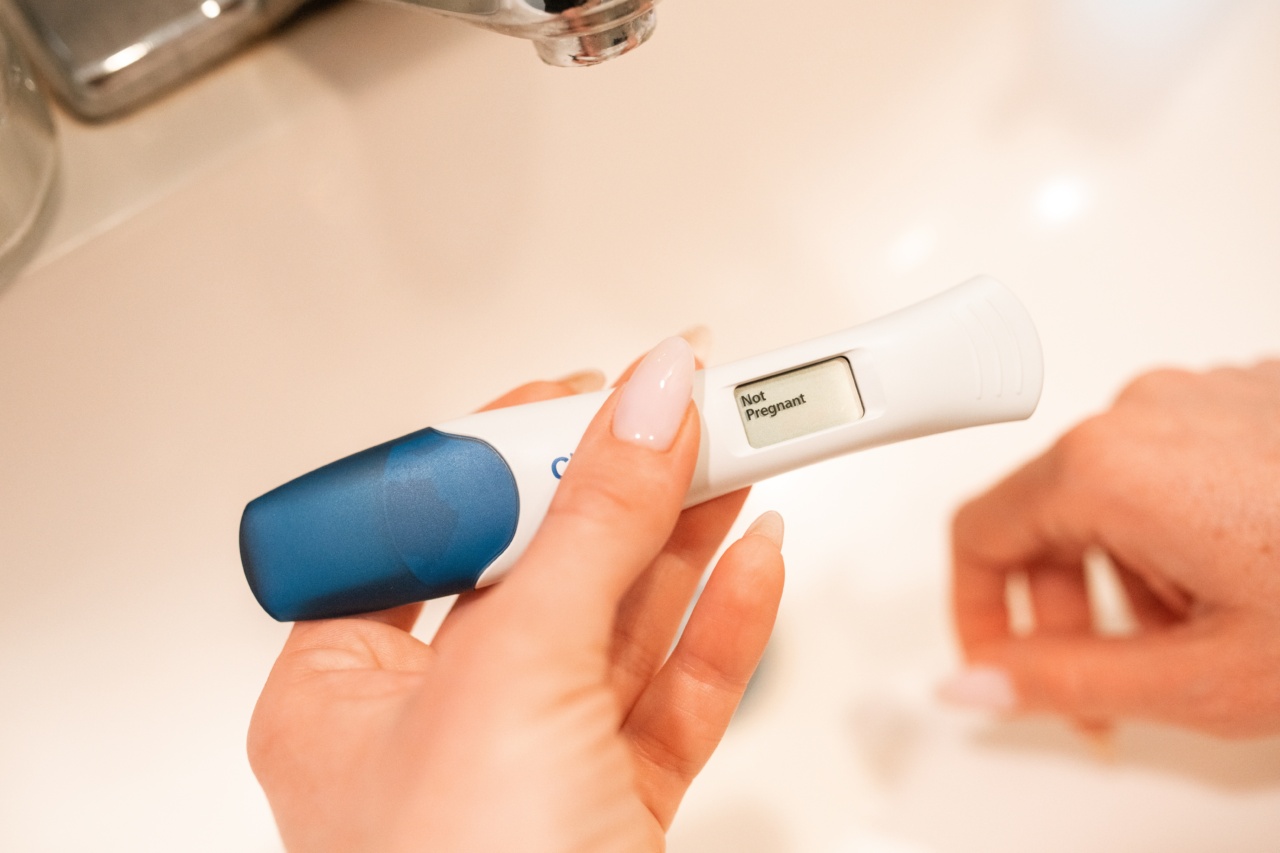Air pollution is a major health concern that affects people across all age groups, including children.
Research has shown a strong link between exposure to air pollution and various health problems, including respiratory diseases, cardiovascular problems, and even cognitive decline. One of the worrisome effects of air pollution on children is its impact on their blood pressure.
Studies have indicated that air pollution can contribute to elevated blood pressure in kids, putting them at risk for various cardiovascular issues in the future.
The Relationship between Air Pollution and Blood Pressure
Several studies have documented the association between air pollution and high blood pressure levels in children.
The pollutants commonly found in the air, such as fine particulate matter (PM2.5), nitrogen dioxide (NO2), and ozone (O3), have been implicated in affecting blood pressure levels.
Exposure to fine particulate matter, which includes tiny particles suspended in the air like dust, soot, and smoke, has been linked to an increase in both systolic and diastolic blood pressure in children.
These particles can penetrate deep into the respiratory system and even enter the bloodstream, triggering systemic inflammation and oxidative stress, leading to elevated blood pressure levels.
Nitrogen dioxide, primarily emitted from vehicles and industrial sources, has also been associated with higher blood pressure levels in children. This pollutant can irritate the airways and cause inflammation, influencing blood pressure regulation.
Similarly, prolonged exposure to elevated levels of ozone, a gas caused by the interaction of sunlight with pollutants from sources like vehicle emissions and industrial facilities, has been found to increase blood pressure in children.
Effects of Increased Blood Pressure in Children
Elevated blood pressure in children can have significant implications for their long-term health. Some of the potential effects include:.
1. Cardiovascular Disease Risk
High blood pressure in childhood is often indicative of an increased risk of developing cardiovascular diseases later in life.
Research has shown that individuals with a history of elevated blood pressure during childhood are more likely to develop conditions such as hypertension, atherosclerosis, and heart disease as adults.
2. Organ Damage
Consistently elevated blood pressure can strain the walls of blood vessels, heart, and other organs. Over time, this can lead to organ damage and dysfunction.
In children, this is particularly concerning as their organs are still developing and vulnerable to damage caused by hypertension.
3. Cognitive Impairment
Studies have suggested a link between high blood pressure levels and cognitive decline in children. Elevated blood pressure may impair brain function, affecting memory, attention span, and overall cognitive abilities.
This could potentially have long-term consequences for a child’s academic performance and social development.
4. Impact on Quality of Life
Children with high blood pressure may experience symptoms such as headaches, fatigue, dizziness, and difficulty in concentrating.
These symptoms can significantly impact their daily lives, including physical activities, school performance, and interactions with peers.
Preventing and Minimizing the Effects of Air Pollution on Children
While the detrimental effects of air pollution on children’s blood pressure are concerning, there are steps that can be taken to reduce their exposure and mitigate potential health risks:.
1. Indoor Air Quality
Improving indoor air quality is crucial, as children often spend a significant amount of time indoors, especially in their homes and schools.
Adequate ventilation, use of air purifiers, and minimizing the use of chemicals and pollutants indoors can help reduce their exposure to harmful pollutants.
2. Limit Outdoor Activities during High Pollution Days
Paying attention to air quality forecasts and limiting outdoor activities on days when pollution levels are high can significantly reduce children’s exposure to harmful pollutants.
Encouraging indoor activities during such times can help protect their respiratory and cardiovascular health.
3. Promote Active Transportation
Encouraging walking or cycling to school or nearby destinations can help reduce children’s exposure to outdoor air pollution. By avoiding high-traffic areas and choosing less polluted routes, the amount of pollutant inhalation can be minimized.
4. Plant Trees and Green Spaces
Increasing the number of trees and green spaces in urban areas can help mitigate air pollution by trapping pollutants and producing oxygen. Planting trees in and around schools and residential areas can help create healthier environments for children.
5. Support Policies that Reduce Air Pollution
Advocating for stricter emission standards, promoting clean energy sources, and supporting policies that aim to reduce air pollution can have a significant impact on improving air quality and protecting children’s health.
Conclusion
Children are particularly vulnerable to the detrimental effects of air pollution, including increased blood pressure levels.
The association between air pollution and high blood pressure in kids underscores the importance of addressing air pollution as a public health concern. By implementing measures to reduce air pollution and protecting children from its harmful effects, we can safeguard their cardiovascular health and ensure a healthier future for the next generation.




























